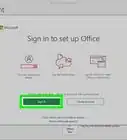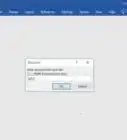This article was co-authored by wikiHow staff writer, Nicole Levine, MFA. Nicole Levine is a Technology Writer and Editor for wikiHow. She has more than 20 years of experience creating technical documentation and leading support teams at major web hosting and software companies. Nicole also holds an MFA in Creative Writing from Portland State University and teaches composition, fiction-writing, and zine-making at various institutions.
This article has been viewed 20,682 times.
Learn more...
Is there a page in your Word document that you need to replicate? Whether you want to add a duplicate page to the same document or a new one, making an exact copy of a page in your Word document is super easy. You can even create multiple duplicates automatically by creating a simple Word macro. This wikiHow guide will teach you how to duplicate any page in your Word document, including pages with headers and footers.
Steps
Duplicate a Page in the Same Document
-
1Highlight the content you want to copy. To duplicate everything on the current page, drag your mouse cursor from the beginning of the page to the end.[1]
- If your Word document only contains one page, you can press Ctrl + A (PC) or Cmd + A (Mac) to instantly select all of the content in the entire document.
- If you want to duplicate multiple consecutive pages, just highlight the content on all the pages. They'll all duplicate in order using this method.
- Does the page you want to copy have a unique header and/or footer that only appears on that page? If you also want to duplicate the header and/or footer, use this method instead.
-
2Press Ctrl+C (PC) or ⌘ Cmd+C (Mac). This copies the selection to your clipboard.Advertisement
-
3Insert a blank page. If you already have a blank page in your document, you can skip this step. Otherwise:
- Click the mouse cursor at the end of the page before the place you want to insert the new page. For example, if you want the duplicate page to appear on page 3, click the mouse cursor after the final character on page 2.
- Click the Insert tab.
- Click Blank Page. If you don't see this option, click Pages at the top-left corner first.
-
4Click the mouse cursor at the top of your blank page. This places the cursor at that position.
-
5Paste the copied contents to the new page. There are two ways you can do this:
- If you want to keep the original formatting of the duplicated page, including tables and special fonts, press Ctrl+V (PC) or ⌘ Cmd+V (Mac).
- If you want the copied content to inherit the standard formatting of the new page (for example—if the original content contains special fonts and characters and you'd rather use your document's normal formatting on the duplicate page), right-click the new page, then click the second icon under "Paste options" (the icon with the arrow).
Duplicate a Page into a New Document
-
1Highlight the content you want to copy. To duplicate everything on the current page, drag your mouse cursor from the beginning of the page to the end.[2]
- If your page has a header and/or footer that you want to include in the new document, use this method instead.
-
2Press Ctrl+C (PC) or ⌘ Cmd+C (Mac). This copies the selection to your clipboard.
-
3Open another document. You can now duplicate the copied page into an existing document or into a new blank file.
- To open a new document, click File, select Open, and then choose the document you want to edit.
- To create a new document, click File, select New, then choose Blank Document.
-
4Click the mouse cursor at the top of a blank page. If you're working in an existing document and don't have a blank page yet, you can easily insert one now. To do so:
- Click the mouse cursor at the end of the page before the place you want to insert the new page. For example, if you want the new page to appear after the current page 3, click the mouse cursor after the last character on page 3.
- Click the Insert tab.
- Click Blank Page. If you don't see this option, click Pages at the top-left corner first.
-
5Click the mouse cursor at the top of your blank page. This places the cursor at that position.
-
6Paste the copied contents to the new page. There are two ways you can do this:
- If you want to keep the original formatting of the duplicated page, including tables and special fonts, press Ctrl+V (PC) or ⌘ Cmd+V (Mac).
- If you want the copied content to inherit the standard formatting of the new page (for example—if the original content contains special fonts and characters and you'd rather use your document's normal formatting on the duplicate page), right-click the new page, then click the second icon under "Paste options" (the icon with the arrow).
-
1Click the Paragraph icon ¶. You'll see this icon at the top of Word on the Home tab. This displays all paragraph marks and formatting symbols on the page.
- Use this method if the page you want to duplicate has a header or footer that you want to include in a new document or page.
-
2Click the mouse at the end of the page to be copied. You'll want to place the cursor after the final character on the page.
-
3Click the Layout tab. It's at the top of Word.
- This tab is called Page Layout in some versions.
-
4Click the Breaks menu. It's in the toolbar at the top of Word.
-
5Click Continuous. This adds a section break at the location where you placed the cursor.
-
6Select the entire page including the section break. Place the cursor at the top of the page, then click and drag all the way to the bottom of the page—make sure you include the "Section Break (Continuous)" tag at the bottom in your selection.
-
7Press Ctrl+C (PC) or ⌘ Cmd+C (Mac). This copies the selection to your clipboard.
-
8Open another document. You can now duplicate the copied page into an existing document or into a new blank file.
- To open a new document, click File, select Open, and then choose the document you want to edit.
- To create a new document, click File, select New, then choose Blank Document.
-
9Click the mouse cursor at the top of a blank page. If you're working in an existing document and don't have a blank page yet, you can easily insert one now. To do so:
- Click the mouse cursor at the end of the page before the place you want to insert the new page. For example, if you want the new page to appear after the current page 3, click the mouse cursor after the last character on page 3.
- Click the Insert tab.
- Click Blank Page. If you don't see this option, click Pages at the top-left corner first.
-
10Press Ctrl+V (PC) or ⌘ Cmd+V (Mac). The contents of the copied page, including its header and footer, now appear on the new page.
-
11Remove the section break and paragraph marks from your original document. Here's how:
- On the original page, click the mouse just before the "Section Break (Continuous)" tag.[3]
- Press the delete key on the keyboard.
- Click the Home tab.
- Click the ¶ icon to hide paragraph symbols and formatting.
Duplicate a Page Multiple Times with a Macro
-
1Click the View tab at the top of Word. If you want to quickly duplicate a page in any document multiple times without copying and pasting, you can create a macro that does the hard work for you. This is useful if you need to duplicate pages in multiple documents and would rather use a shortcut instead of copying and pasting manually.
-
2Click the Macros button. It's at the top-right corner.
-
3Choose where to save the macro. From the "Macros in" menu, choose where you'd like to create this macro.
- To make the macro available in all new documents that you don't create with a template, select the Normal.dotm.[4]
- To make the macro available in all documents on this computer using any template, select All active templates and documents.
- To only use this macro in the current document, select the document's name.
-
4Name the macro and click Create. You can call the macro Duplicate Pages or something similar to keep the tool recognizable. Once you click Create, the Visual Basic macro editor will appear.
-
5Enter the macro code. Type or paste this code between the "Sub Duplicate Pages() and End Sub tags:
Page = InputBox("Page number to duplicate") Count = InputBox("How many times to duplicate?") With Selection .GoTo wdGoToPage, wdGoToAbsolute, Page .Bookmarks("\Page").Range.Copy For i = 1 To Count: .Paste: Next End With
-
6Click the disk icon to save. You'll see it at the top-left corner of the macro editor. You can now also close the VB editor.
-
7Run the macro. Running the macro from any document is easy:
- Click the location where you'd like to insert the duplicated pages.
- Click Macros on the View tab.
- Select your macro and click Run.
- Type the page number you want to duplicate and click OK.
- Type how many times to duplicate the page and click OK.
-
8Make the macro available on the toolbar (optional). If you want quicker access to the macro you've created, it's easy to add it to the toolbar:
- Click the File menu and select Options.
- Click Customize Ribbon.
- Click Macros under "Choose commands from."
- Select your macro
- Click New Group, select Rename, and type a name for your group.
- Click Add and select an image for your macro.
- Click OK twice to save and exit.
References
- ↑ https://support.microsoft.com/en-us/office/copy-a-page-bbe27360-aadb-4fec-9555-69bbcf4ce93b#_insert
- ↑ https://support.microsoft.com/en-us/office/copy-a-page-bbe27360-aadb-4fec-9555-69bbcf4ce93b#_insert
- ↑ https://support.microsoft.com/en-us/office/delete-a-section-break-1e12f200-7215-4688-a55a-5130f383dc5f
- ↑ https://support.microsoft.com/en-us/office/create-or-run-a-macro-c6b99036-905c-49a6-818a-dfb98b7c3c9c
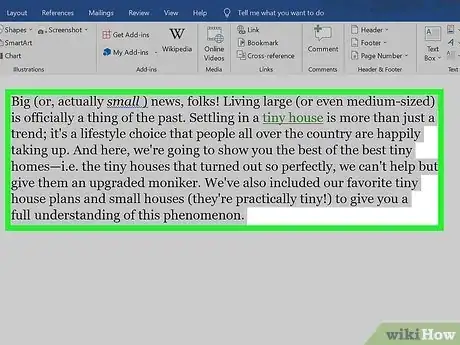
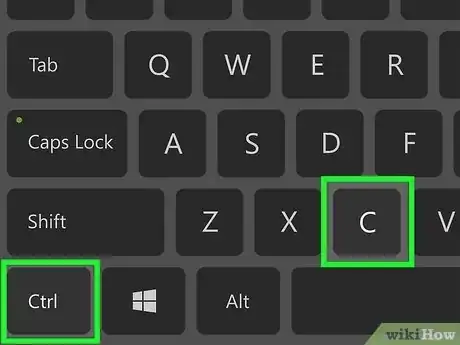
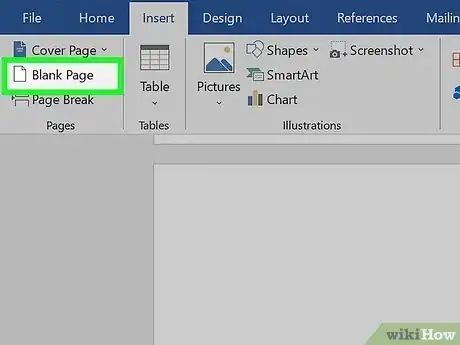

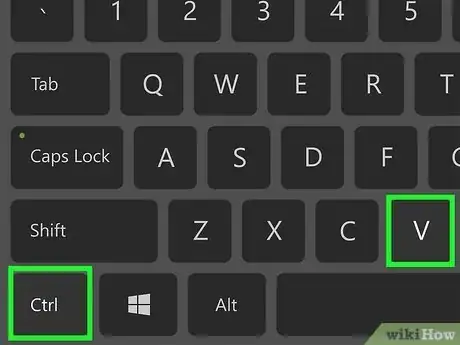

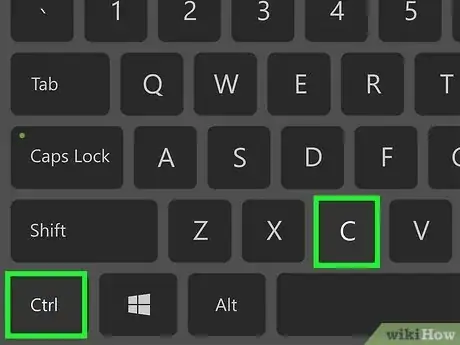
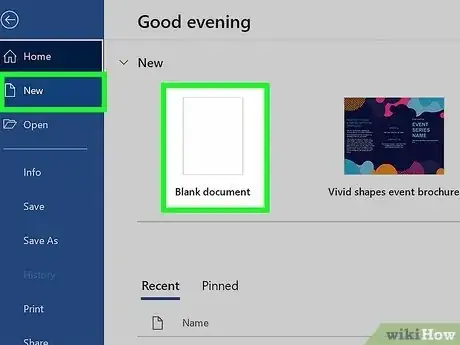
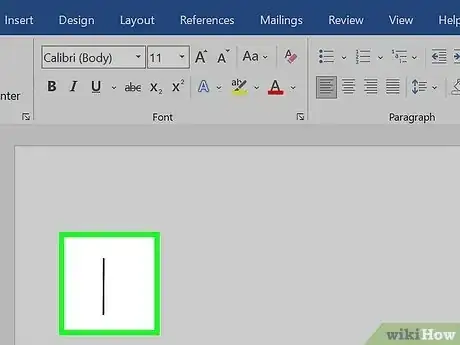

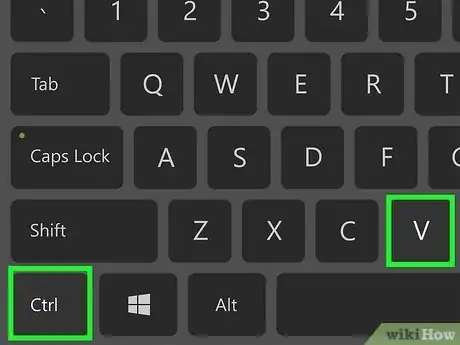
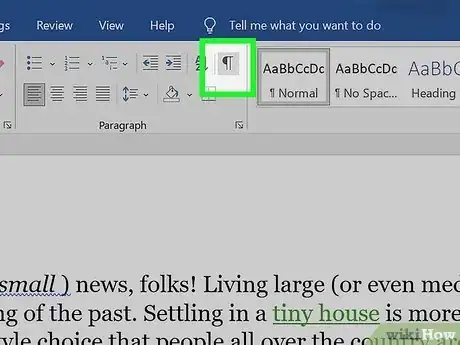
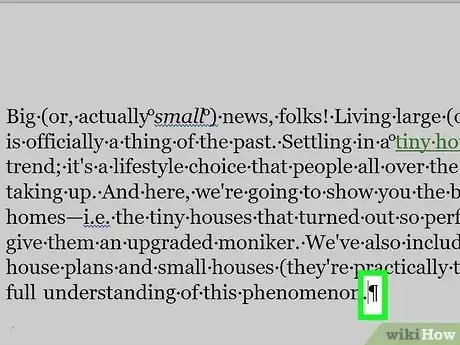
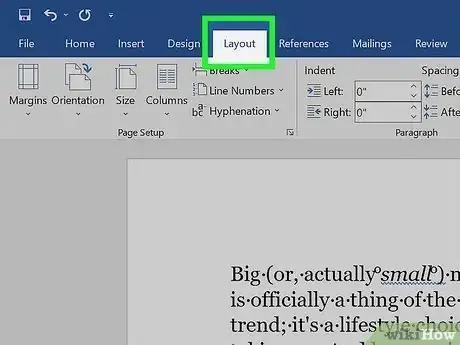
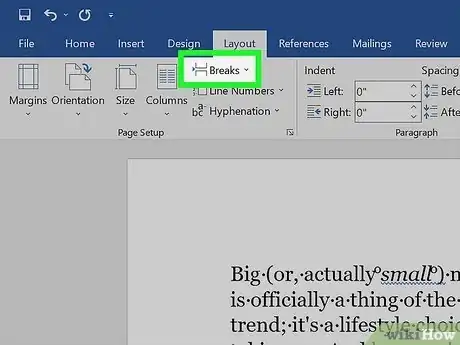
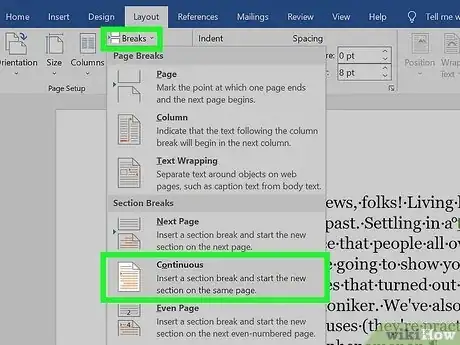

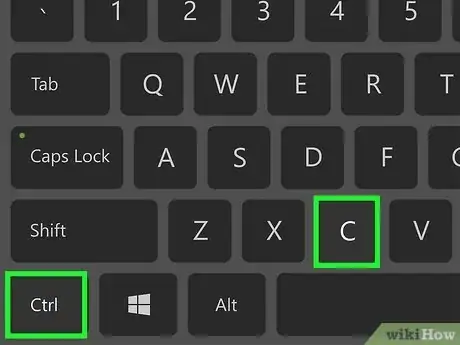
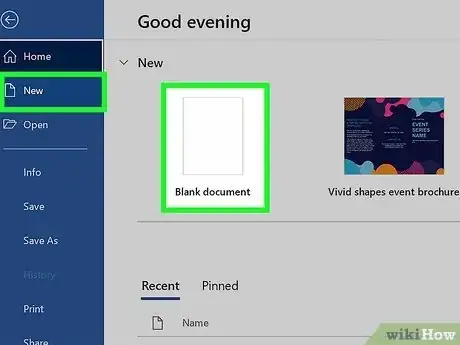
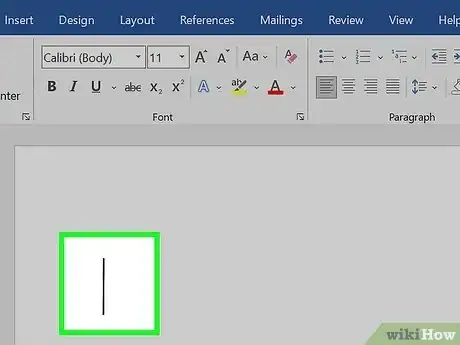
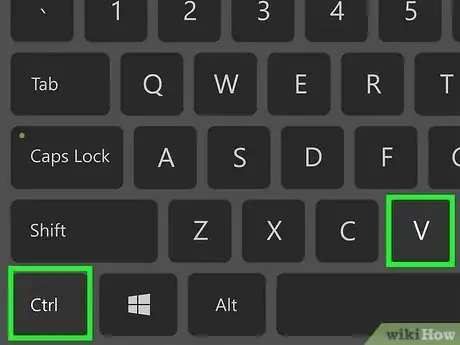
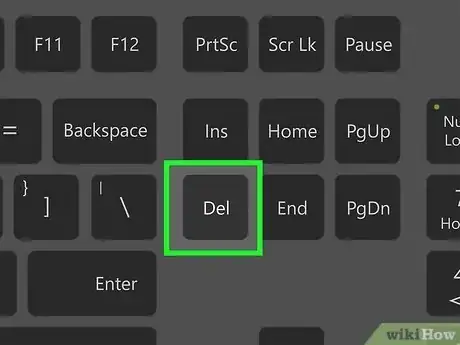


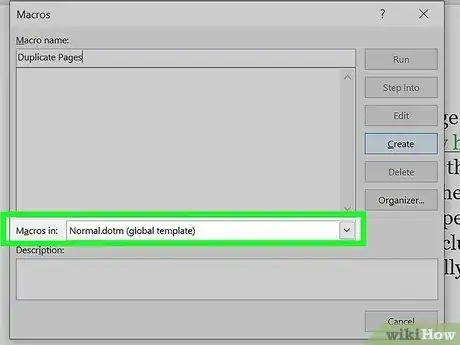
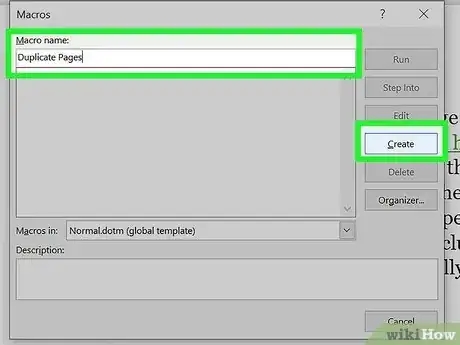
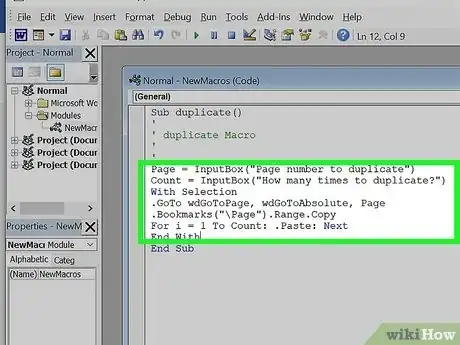
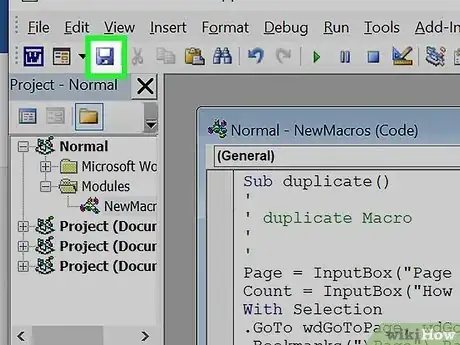
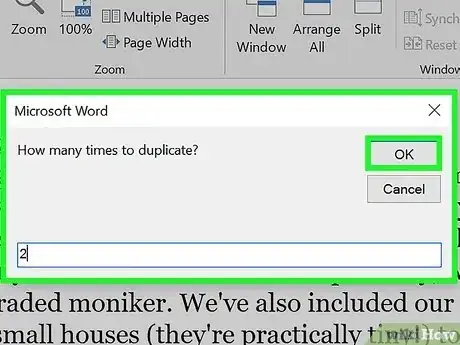
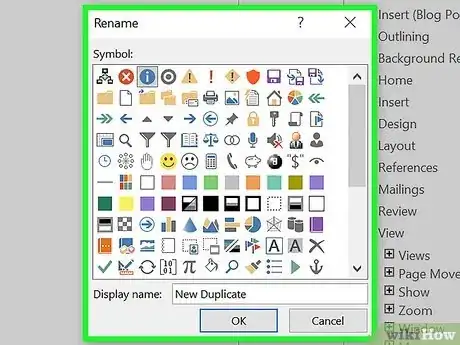
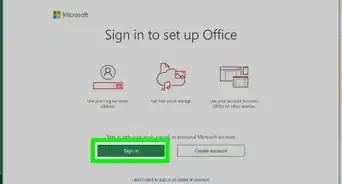
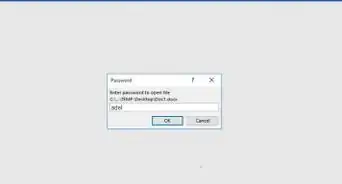
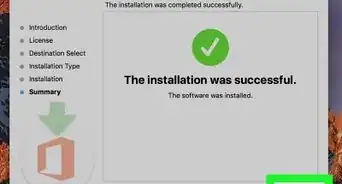

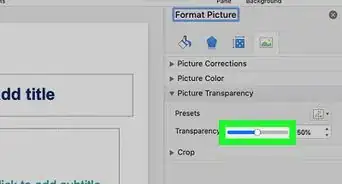
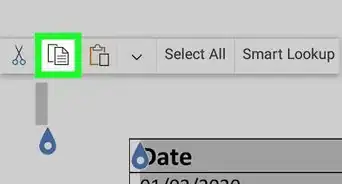
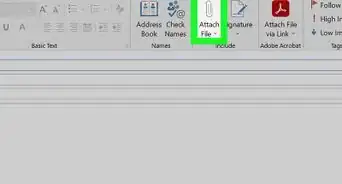

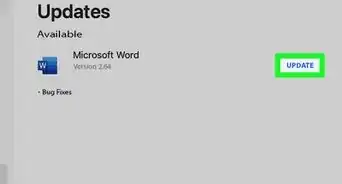
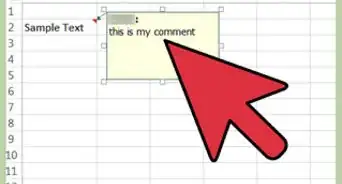
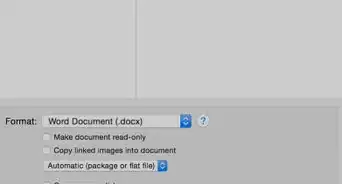
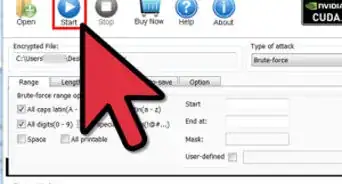
-Step-4Bullet1.webp)








